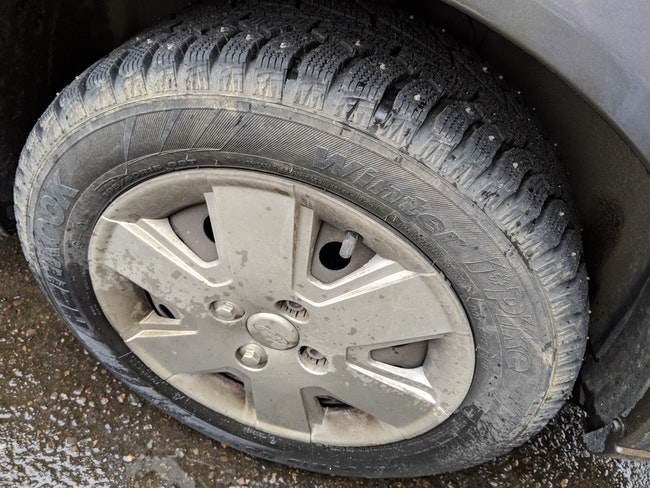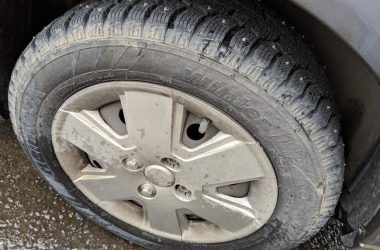The deadline to remove studded tires from your vehicle is March 31, the Oregon Department of Transportation said.
While the deadline has moved in the past due to the pandemic, this year, the deadline show’s that it’s business as usual at ODOT when it comes to getting the road-chewing studded tires off the state’s highways.
“Drivers are encouraged to not wait until the March 31 deadline to remove their studded tires, especially if they aren’t driving in the mountain passes between now and then” said Luci Moore, State Maintenance and Operations Engineer for the Oregon Department of Transportation in a press release.
ODOT says studded tires over time cause major damage to local, county and state roadways. A 2014 study conducted by the state agency concluded that studded tires cause about $8.5 million in damage each year to Oregon roads, highways, and freeways.
Options for tires without studs
There are other types of tires available to drivers who wish for an alternative to studded tires or chains — traction wheels that meet the Rubber Manufacturers Association (RMA) standards for use in snow, ice and other types of severe winter weather conditions.
RMA research shows that alternative winter traction tires, easily recognizable by an emblem of a three-peaked mountain depicting a snowflake in the center, cause no more damage to roadways — as opposed to standard studded tires or chains — than typical, all-weather radial tires.
One issue RMA research found — an all-too-familiar outcome recognizable to drivers who regularly use Interstate-5 in the Willamette Valley — shows that studded tires eventually chip away at asphalt, cutting grooves into the roadway that during rainstorms fill with water to create a hydroplaning hazard.
Bridgestone Tires—which is not an advertiser in this publication—states on its website that advances in rubber compounds, tread design, and other winter tire technologies lead to the creation of modern studless snow tires for use in freezing temperatures that are capable of maintaining flexibility.
The increased flexibility in the non-studded tires’ rubber, which has deeper tread depths than “all-season” or “summer” tires, allows drivers to maintain traction on wet, snowy and icy road conditions. During winter months, the rubber in these newer studless tires packs snow within the tread blocks, providing for snow-on-snow, better traction. Studless tires also contain tiny grooves, called sipes, within each tread pattern that provide “biting edges on ice that help with “acceleration, deceleration, and stopping,” Bridgestone’s website says.
Driving on studded tires after March 31 may result in fines
“Drivers with studded tires on their vehicles after the March 31 deadline can be charged by law enforcement with a Class C traffic violation,” ODOT spokesperson Peter Murphy said in 2019, and the same is true today. “If you must travel when weather conditions present difficulties after March 31, use other types of traction tires or chains, or postpone your travel until conditions change for the better,” he said.
ODOT says maintenance crews will continue to monitor highways and weather forecasts and will work to clear any late-season snow or ice as soon as possible.
For the latest Oregon road conditions go online to www.TripCheck.com or call 5-1-1.
For more information about the evolution of winter tires go online to trade magazine-website https://www.moderntiredealer.com







